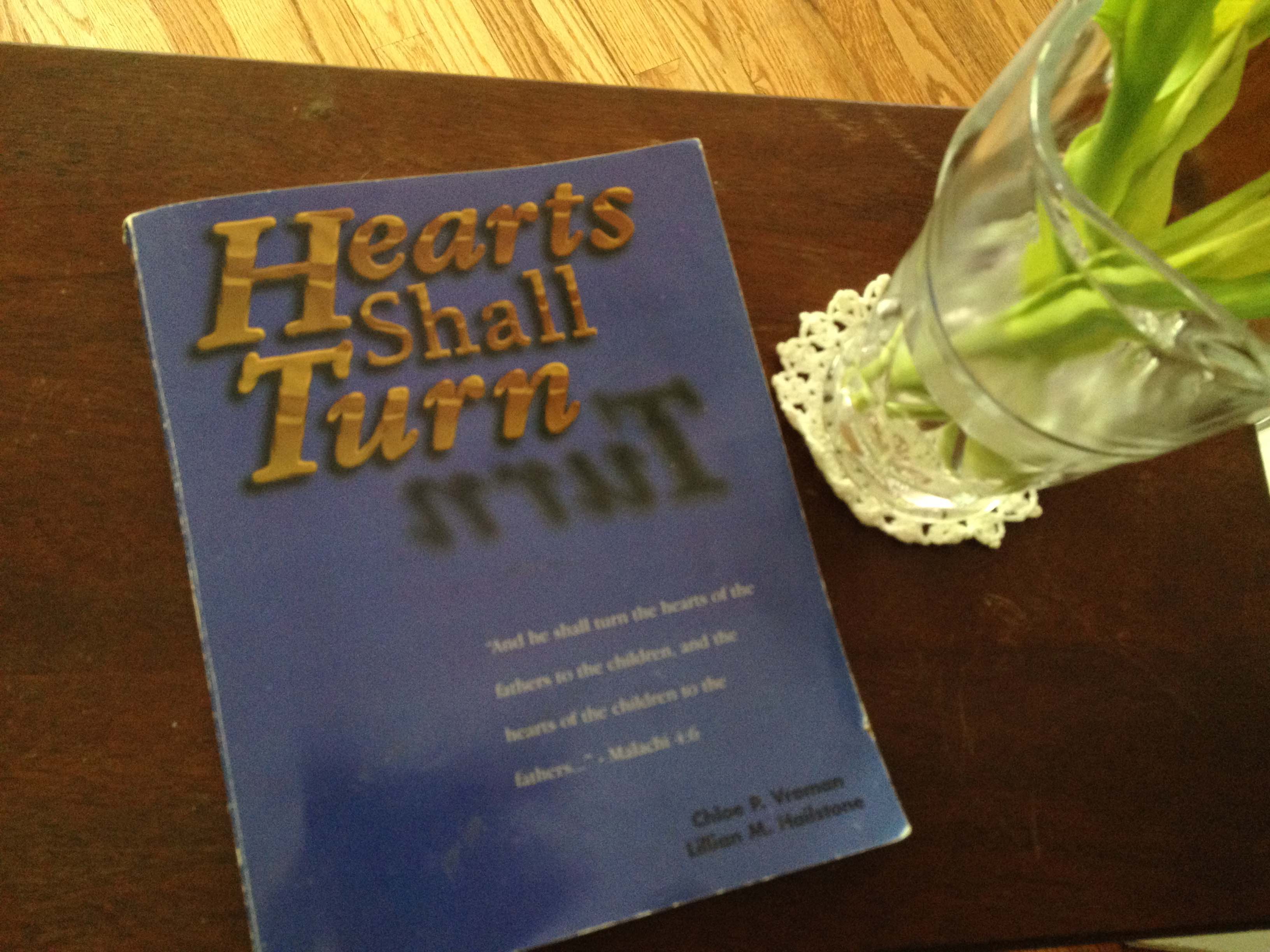
Show, Don’t Tell–A Vivid Use of Words
Go Back to Lesson 4.
Make a list of qualities that describe a person in your family. Then describe that character in a scene, snapshot, or memory. Show the person’s qualities without using the name of the quality. Avoid generalizations and judgments. See if you can get your message across  without using a word on your list.
without using a word on your list.
The skillful writer usually does not tell the reader about the subject, but instead, he reveals the subject to the reader.
The way to SHOW is to use the five senses. Through your choice of words, you can invite the reader to experience what you have seen.
Sinclair Lewis gave this advice: “Don’t explain your characters, make ‘em live!” You explain your characters by telling what you think of them and their behavior. You make them live by showing the reader what they do and say so the reader can “be present” at the events that lead to your conclusions.
Examples:
Telling: Susan was a very stubborn and completely independent person and was always doing things her way despite her parents’ effort to make her conform.
Showing: Susan would wear a tee shirt to a formal party if she pleased, with boots and large dangly earrings. “Oh darling,” her mother would say, standing in the doorway and wringing her hands, “ it’s just not proper.”
As you write about an event, eliminate useless words. Experiment with other descriptive words that will help you eliminate more words. Can you see what you are describing? Are the senses engaged?
you see what you are describing? Are the senses engaged?
The objective is not to use big, foreign words. In fact, the simpler the word, the better. Do not waste words, make your few words work hard.
Here is an example of capturing the essence of a story by showing the senses. The following comes from an assignment my mother fulfilled while taking this class in her ward:
“I remember being sent running to the market to buy cheese for my mother’s grocery store. Facing the lady of the cheese again! Reluctantly I leave our house, turn left, walking up the street quickly. On the left side of the street lives a Polish family. They speak a different language, they are strange, mysterious and they have a fascinatingly good looking tall, dark son, watched constantly and silently by all the older girls in the neighborhood. It’s enough to make Poland the most exotic country in the world. Almost automatically I look through the front door into the hall, to see if, by any chance, he would be there. Of course, he is not. He never is.
At the corner, I glance quickly at the new furniture through the store window. I see row after row of mattresses and beds, and row after row of kitchen tables and chairs so tastelessly arranged that no attractive images of nicely furnished rooms come to my mind. Right across the street is a wide open clothing store with clothing crowding along the ceiling and boxes of shoes piled up on the floor. The parents of one of my schoolmates own it. I always look to see if she or her brother are there. They never are. So, I visualize them in a kitchen somewhere arguing as they eat breakfast at the table. Lucky are the kids who are not required to work hard early in the morning in their parent’s business!
Challenge:
SEE, HEAR, SMELL, TASTE, and FEEL what you can do with a new memory.
Go on to Lesson 6.
